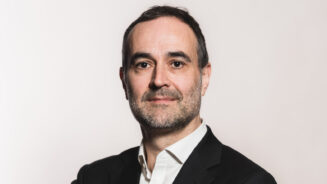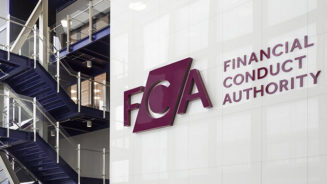For central banks around the world, the rate-cutting cycle is in full swing after the battles waged against inflation in 2021 – 2023 appear largely won, says Shannon Kirwin, associate director of fixed income strategies, Morningstar.
The European Central Bank executed its fourth rate cut in a row on December 12th, bringing its key cash rate to 3.15%. The US Federal Reserve lowered interest rates in September and November, bringing the federal-funds effective rate to 4.64% as of the end of November. Morningstar’s economics team expects this rate to fall to the 4.25%–4.50% range by the end of 2024, 3.00%–3.25% by the end of 2025, and 2.00%–2.25% by the end of 2026.
These developments signal a return to normalcy for fixed income markets after a period of elevated short-term yields. However, they also mean a substantial reduction in the income generated by bank deposits.
That could be an unwelcome wake-up call to some investors, many of whom are still sitting on elevated piles of cash. According to the Investment Company Institute, money market fund assets rose to roughly USD 6.5 trillion by October 2024.
A closer look at net monthly money market fund flows highlights that investors still have not unwound large cash hoards after the height of the covid pandemic.
History suggests that keeping assets in cash rather than investing in longer-dated bonds rarely pays off for those with longer-term investment horizons. But given where many developed-market government yields currently are, the arguments for moving out along the yield curve are especially compelling.
Should expectations for continued rate cuts play out, investors would benefit by shifting asset into longer-term fixed-income bonds to maintain higher income levels. For example, the 10-year US Treasury yield stood at 4.2% at the end of November.
If we assume a 1% term spread (the difference between shorter and longer-term bond yields to account for the risk of longer-term investments), that implies an expected average federal-funds rate of 3.2% over the next 10 years.
By contrast, Morningstar expects the federal-funds rate to average 2.3% over the next 10 years. Consequently, longer-term government bonds appear to offer an unusually high return relative to cash deposits.
In particular, the intermediate segment of the US Treasury yield curve (bonds with a five- to seven-year life) offers an attractive risk/reward balance as there is the opportunity for price appreciation without the larger drawdown risk that 30-year bonds carry if rates were to unexpectedly increase.
That’s not to say that all corners of fixed income markets are flashing “go.” Global corporate debt spreads—a measure of the risk premium corporate issuers offer as compensation for their added credit risk relative to government bonds—are at their tightest level since 2005, as market expectations for more robust economic growth and supportive central bank policies have driven demand for the asset class.
Some of the market’s riskier segments are even pricier; US high-yield corporate bonds are at their tightest level in history, for example. Though it’s not a sure thing that prices will fall in the coming months, a healthy dollop of caution is warranted whenever assets appear this expensive.
Because there’s a limit on how much pricier bonds can get, credit assets have an asymmetric risk profile: limited upside coupled with significant downside risk should the economy experience a hard landing.
What areas of the global bond market are still offering potential bargains? By some measures, there are attractive opportunities to be found among select local-currency emerging-market sovereign bonds, where nominal yields are often higher than prevailing inflation and central bank inflation targets.
Sovereign issuers with positive real yields include Brazil, whose five-year bond yield of 13.3% looks compelling against an inflation rate of 4.4%, and Mexico, which is issuing five-year debt with a yield of 10.4% against CPI of 4.6%. (By contrast, Japanese real yields are negative and there is a reasonable probability of further interest-rate hikes in that country in 2025 if this persists.)
However, owning local sovereign bonds generally means taking on exposure to local currencies as well, which for emerging-market assets can often be highly volatile.
In conclusion, investors looking to shift their cash into higher-yielding fare haven’t missed the window to do so, particularly if that means moving into high-quality, intermediate-term government fare. There are pockets of potential value among riskier, emerging-markets debt, but such allocations should never make up the bulk of an individual investor’s portfolio given the asset class’s inherent volatility.
High-yield corporate debt is also well-suited to play a supporting role in a well-balanced portfolio, though it looks expensive at the moment. Still, while current data suggests that lower-quality credit fare might be on the road to a near-term market correction, most investors are probably better off deciding on a long-term strategic asset allocation and diving in, rather than attempting to perfectly time a market entry.
By Shannon Kirwin, associate director of fixed income strategies, Morningstar





